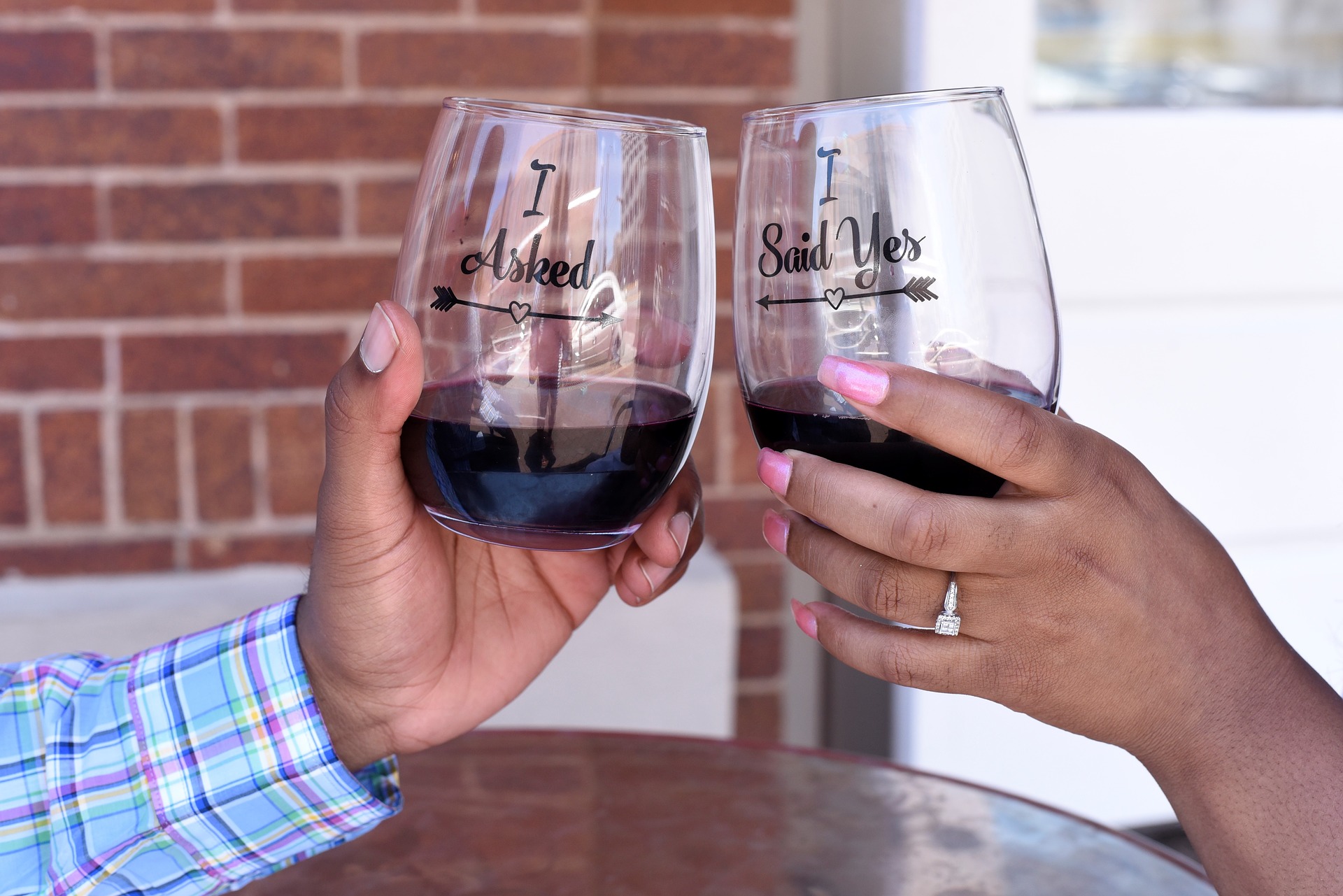Focus group: TPB and wine consumption
 The following Paper 3 looks at the validity of the Theory of Planned Behaviour in explaining wine consumption in young Portuguese students. The study makes use of a focus group. You will find potential responses at the end of the text.
The following Paper 3 looks at the validity of the Theory of Planned Behaviour in explaining wine consumption in young Portuguese students. The study makes use of a focus group. You will find potential responses at the end of the text.
I have used this Paper 3 as part of our study of addiction in the "health problems" topic of the health psychology option. You will see this as part of the Cognition and addiction lesson plan.
The stimulus piece
The Theory of Planned Behaviour proposes that our behavior is the result of three interactive beliefs: behavioural beliefs, normative beliefs, and control beliefs. Behavioural beliefs produce a favorable or unfavorable attitude toward the behaviour, normative beliefs result in a perception of how other people think they should or should not perform particular behaviors, and control beliefs give rise to one’s perceived control over the behaviour.
Silva et al (2013) carried out a study to investigate the role that these beliefs play in wine consumption among young adults.
The sample was comprised of 32 Portuguese students – 42% were from the Catholic university in Porto and 58% were from a vocational program, also run by the university. To obtain participants for the study, the researchers stood at the entrance of the university and asked students if they would be willing to participate in the study. 22 of the students were wine consumers and 10 were non-consumers. The median age was 21.
The sample was divided into four focus groups. Each focus group consisted of both males and females – and wine consumers and non-consumers. The focus group facilitator used a discussion guide, developed with themes relevant to the Theory of Planned Behaviour. Questions focused both on attitudes toward wine (e.g. how it tastes, how it makes them feel, cost) and subjective norms (e.g. perception of what others think about wine consumption and peer pressure to consume). Each session lasted between 1.5 and 2 hours.
The participants perceived that wine is a “special status beverage” compared to other alcoholic beverages since it is often available at home, and also because their parents and family drink and appreciate wine, often encouraging them to do the same. In other words, wine is seen as a “classy beverage.”
The attitude that the participants had about wine was less about how it tastes and more about normative beliefs. It was clear that the quality of the wine is not important, but rather the relaxing social nature that it provides. For example, a 19-year-old female consumer said, in that situation (academic parties) the wine is never the best quality, so the reason would not be the taste, for me at least, I think it is because of the effect that it provides.
The participants also discussed the social pressure applied by friends, where wine consumption is seen as a condition for social acceptance.
As for non-consumers, two factors seem to play a role. The first was taste and the second was an association of wine drinking with negative behaviours seen in older people that were important to them. Some young adults had a clear perception of “non-control”. They said that if they start to drink, they do not have the capacity to self-control and avoid getting drunk, and this is presented as a reason to not drink wine.
Questions
1a. Identify the method used and outline two characteristics of the method.
The study was a focus group - that is, a group interview. Focus groups are group interviews that allow researchers to efficiently gather information from several participants at the same time. They usually, as in this case, use a discussion guide and are run by a facilitator, whose role is to monitor the discussion, keep the group on the topic if they veer off into an irrelevant topic.
1b. Describe the sampling method used in the study.
The sample was a convenience (opportunity) sample. The researchers stood at the entrance to the university and asked passers-by to consent to be in their study. As part of the sampling, they would ask people about their wine consumption as it was also important that there be both wine consumers and non-consumers - as well as university and non-university students - in the sample.
1c. Suggest an alternative or additional research method giving one reason for your choice.
The researchers could use a one-on-one semi-structured or structured interview. This would allow participants to share their thoughts without potential conformity effects which might be seen in a group interview.
Another potential answer is that a questionnaire could be used to collect data. This would allow for a potentially larger sample and would take away any concerns of social desirability effects. As the questionnaire would be anonymous, they would not fear being judged for their responses.
2. Describe the ethical considerations that were applied in the study and explain if further ethical considerations could be applied.
Informed consent is an important consideration in that the participants gave permission for their information to be used in a published report of the study. They needed to be told their rights as members of the focus group. One of their rights is that their data would have to be anonymized. This can be seen in the example in the text in which the participant is simply identified by age and gender. However, anonymity is problematic. Although participants would be told that they should not share information about what was discussed in the focus group, there is no guarantees that this will be followed. This may, then, have an effect on the participants' willingness to share their true feelings on the topic - especially with regard to control beliefs.
Participants also have the right to withdraw at any point in the study. Even if they are paid by the researcher to take part, they are not required to stay in the study if they do not like the way that is being carried out or if they are dissatisfied with the information that they shared in the interview.
Although there was no explicit deception in the study, the researchers did not explain that they were looking at the Theory of Planned behaviour. This avoided participant biases in which they might give information that they believed would help the researcher to support the theory. There was limited concern about undue stress or harm in this study. The students consented to take part and should not have been pressured to answer questions which made them uncomfortable. Finally, in the debriefing, the researcher should explain the goal of the study (the TPB) and remind the participants of their rights with regard to their data. They would also provide their findings to the participants when they were available.
3. Discuss the possibility of generalizing/transferring the findings of the study.
The sample is very small considering that it was taken from both university and non-university (vocational students) in a community. With only 32 students, it would be difficult to generalize the findings to the larger community. In addition since only 10 of the participants were non-consumers, it would not be possible to generalize the findings to all of the non-consumers in the population. This might be a good "pilot-study" to test the procedure, but it requires further research and a bigger sample to allow for representational generalizability.
When looking at the transferability of the study, there are several things to consider. First, the research is carried out on students. The fact that social approval plays a key role in their behaviour may be because they are young and still students. This study would not transfer well to older cohorts. In addition, the study was carried out in Porto - a wine growing region of Europe. This means that wine is a key part of the economy and culture of the region. The findings may not. be as applicable to other parts of the world. Finally, the students were all studying at a Catholic university, showing how religious values may play a role in the drinking or non-consumption of wine. This would also be difficult to transfer to other cultures where other factors may play a role.

 IB Docs (2) Team
IB Docs (2) Team
